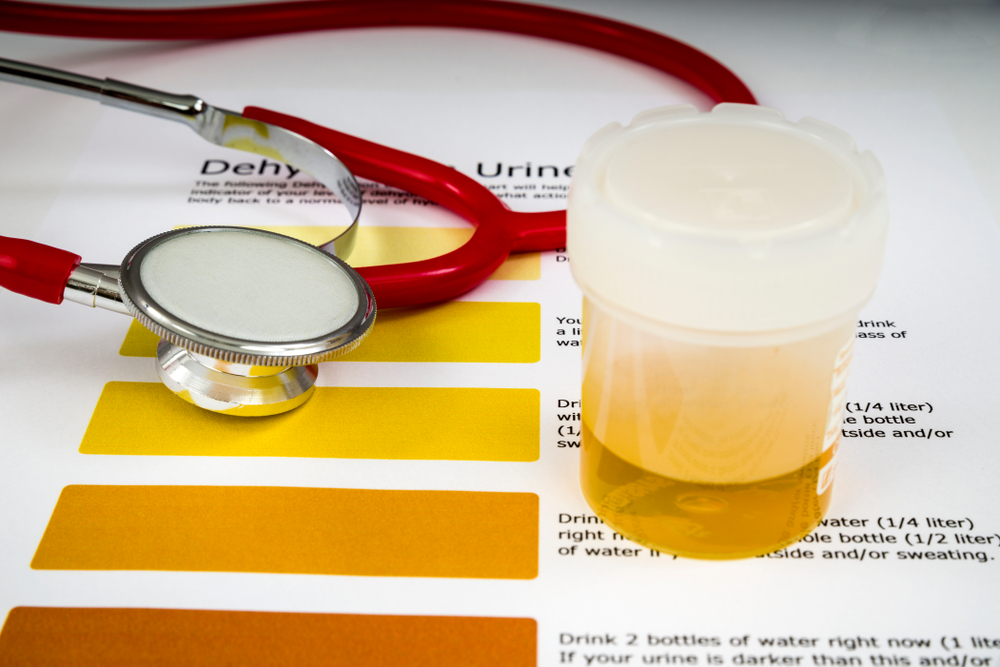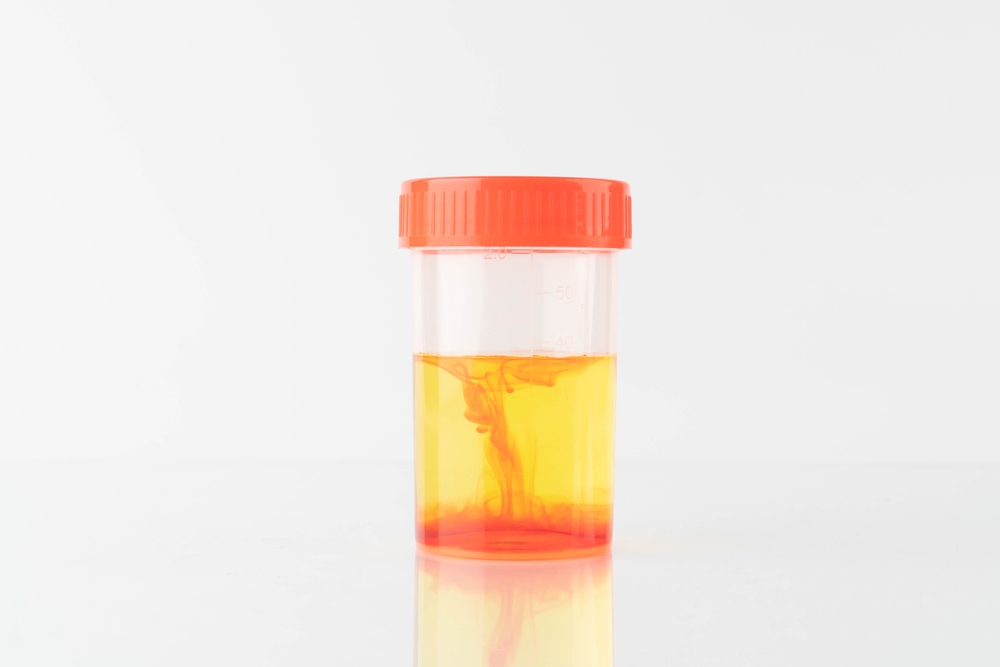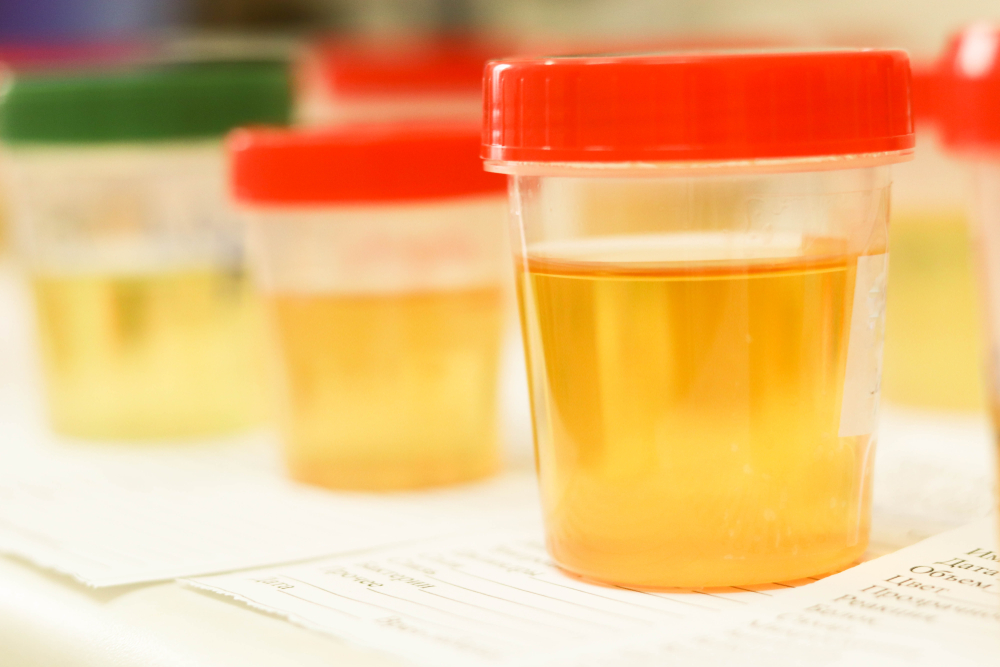Everything matters during pregnancy- including your urine. In this period, your doctor would even insist on checking your urine color at every antenatal visit. This is really important because your urine color may be indicative of various conditions during pregnancy.
In this article, you’d find all the info about urine color changes during pregnancy. Furthermore, you’d learn about the various abnormal urine colors; why it occurs, what it means, and what to do next.
Let’s Get Started!
Table of contents:
What Should Your Urine Look Like?
In most cases, normal urine is clear and pale yellow in color. The yellow color is due to a certain component of your urine called urochrome. However, the color and consistency of urine depend on your health status and body water levels.
During pregnancy, the color of your urine paints a fairly accurate picture of your health status. As a result, it’s important to monitor the color and consistency of your urine to ensure that you and your baby are staying healthy during this period.

What Causes Urine Color Changes During Pregnancy?
Since you got your positive pregnancy test result, you may have noticed an obvious change in the color of your urine. In most cases, the color of urine during pregnancy may shift from the usual pale yellow to a darker or brighter shade of yellow. Furthermore, you may also notice that your urine has become cloudier than it used to be.
As we mentioned earlier, the color of your urine may serve as an indicator of your overall health during pregnancy. Therefore, it’s really helpful to have a solid grasp of urine color variations in this period.
Keep reading to learn more!
Urine Color Changes in Pregnancy
In this section, you’d learn about the most common urine color changes during pregnancy; the causes, effects, and what to do next.
1. Green Urine
Most times, this appears as an effect of medication. Sometimes, common drugs like promethazine which is used to treat morning sickness or allergies may cause your urine to look greenish. Also, painkillers like Indomethacin or antacids like Cimetidine can also cause greenish pee.
2. Red Urine
This bit may look a lot scarier than it really is.
Experts agree that red-colored urine may result from a number of causes that include medical conditions and dietary changes.

Blood in urine, or hematuria, may be a sign of a serious medical condition that requires a doctor’s examination as promptly as possible. On the other hand, dietary changes like increased consumption of blackberries or beetroot may cause your urine to look redder than usual.
3. Orange Urine
Once again, the drugs are responsible.
Sometimes, your doctor may prescribe antibiotics like Rifampicin or pain-relief drugs like phenazopyridine that may change the color of your urine to orange during pregnancy.
In addition, dietary changes that include a rise in carrot consumption may have an orange-coloring effect on your urine.
4. Dark Colored Urine
This bit is very simple: If your urine looks darker than usual, you’re most likely dehydrated.
As we mentioned earlier, your body water level plays a key role in the color and consistency of your urine. In normal situations, your urine should look pale yellow or bright yellow, depending on how much water you consume.
During pregnancy, we recommend drinking at least eight (8) glasses of water daily.
Here’s how to avoid dehydration while expecting: Check your morning pee. If it looks darker than it does on other days, you’re most likely falling short on your water intake.
Although everyone needs to stay hydrated, the stakes are even higher for moms-to-be. This is because you’re caring for two (or more) individuals. In addition, water helps your body produce enough amniotic fluid, build new cells, carry nutrients, and prevent indigestion.
If water seems too bland for you, you can check this article to discover 10 pregnancy-safe Starbucks drinks for you.
What To Do Next
In most cases, you don’t have to worry about urine color changes while expecting. Although it is important to keep an eye out for these changes, most of them would pass with time.

If your urine is darker than usual, just raise your glass and drink more water!
However, if you notice any blood in your urine, please contact your doctor ASAP.
Conclusion
Finally, it is important to note that these changes should not last beyond 2 or 3 days. If it is caused by prescribed drug use, it is likely to stop once you’re done with your drug dosage. All you have to do in this period is monitor the changes, drink enough water, and stay healthy for you and your little one.
Stay Strong, Mama.
References
- Rigaud M, Sevalho Corçao C, Perrier ET, Boesen-Mariani S. Assessing a Tool for Self-Monitoring Hydration Using Urine Color in Pregnant and Breastfeeding Women: A Cross-Sectional, Online Survey. Ann Nutr Metab. 2017;70 Suppl 1:23-29. doi: 10.1159/000463000. Epub 2017 Jun 15. PMID: 28614810.
- Aycock RD, Kass DA. Abnormal urine color. South Med J. 2012 Jan;105(1):43-7. doi: 10.1097/SMJ.0b013e31823c413e. PMID: 22189666.

